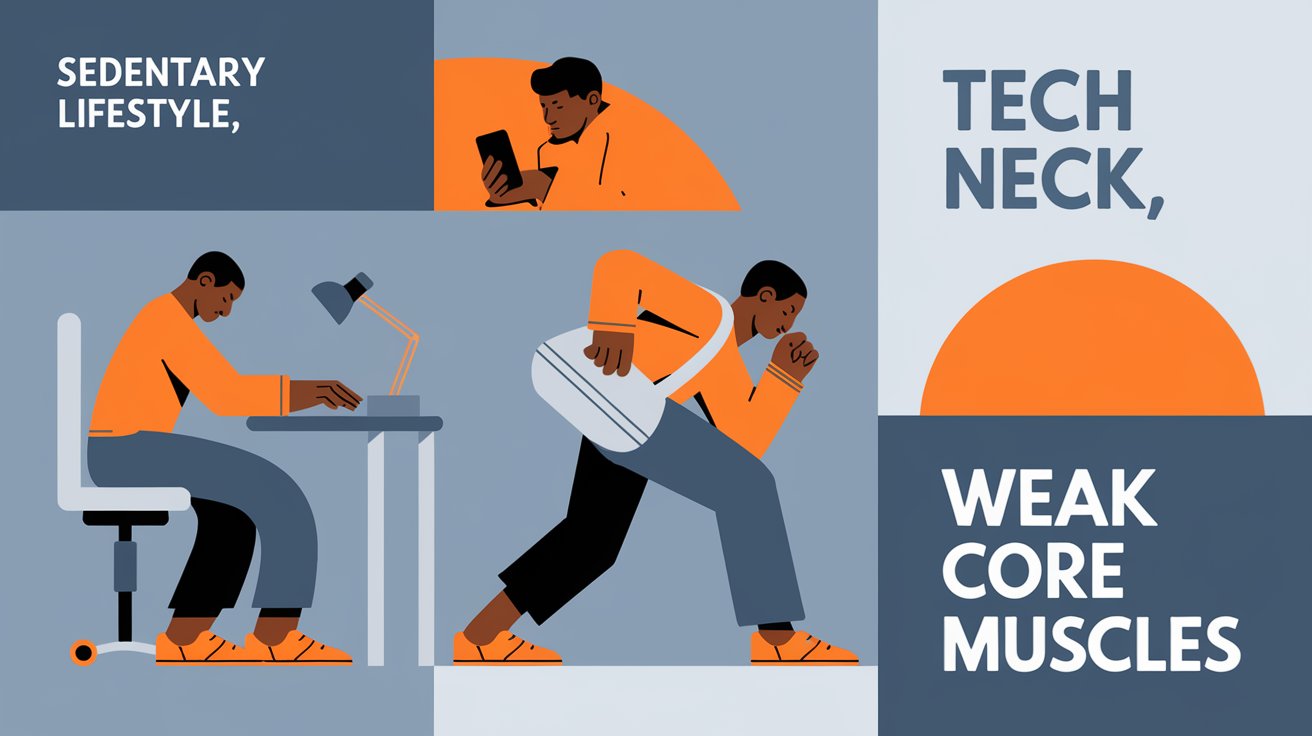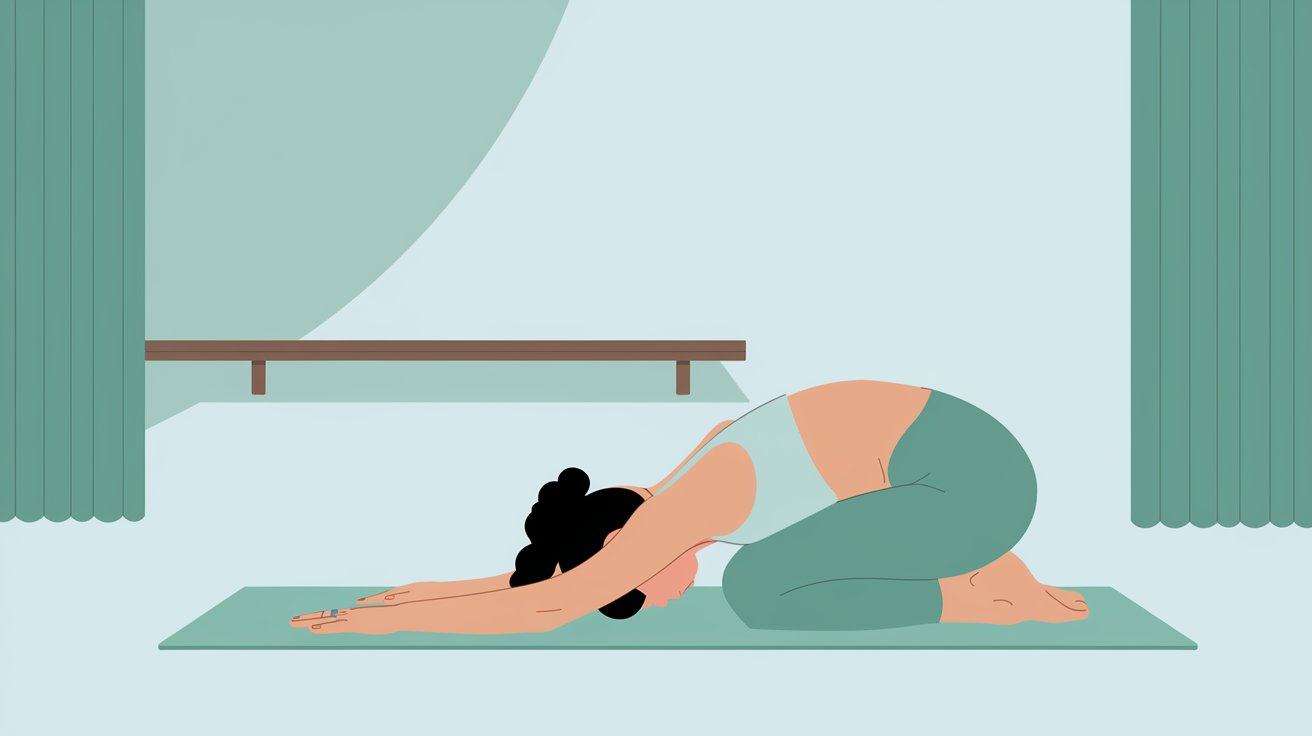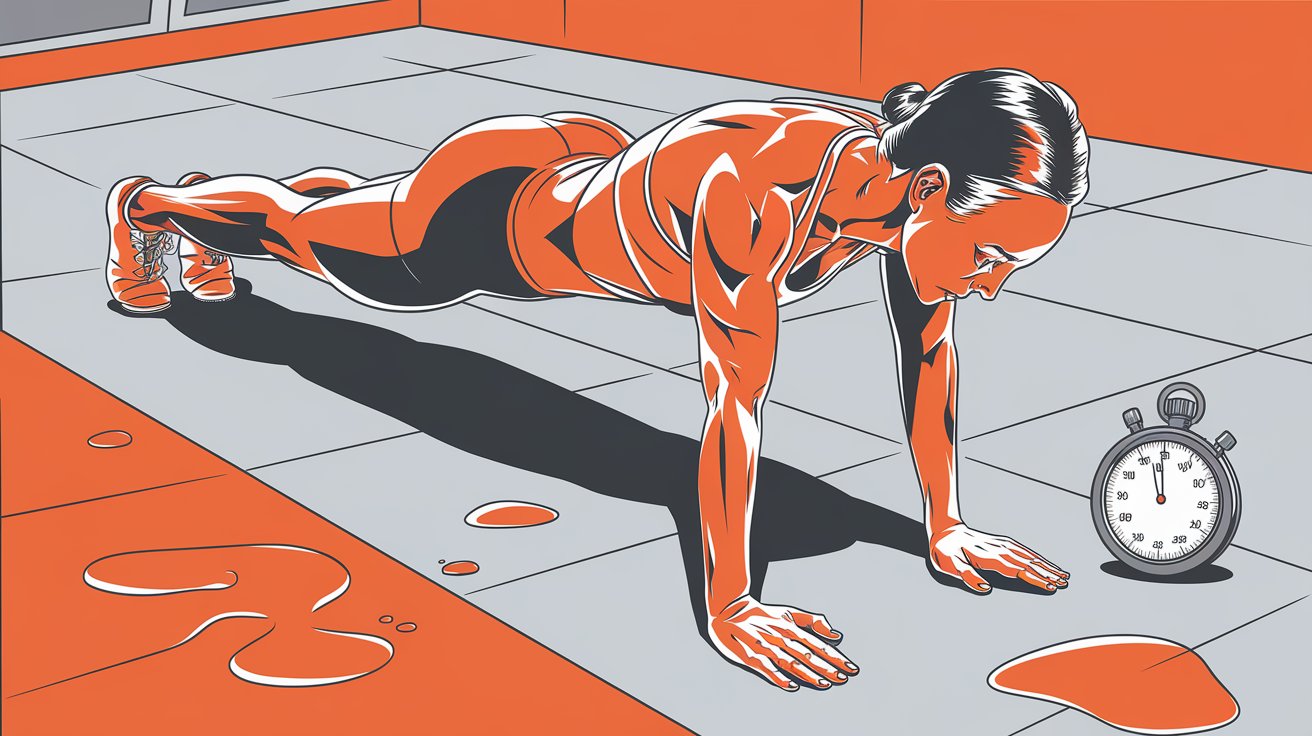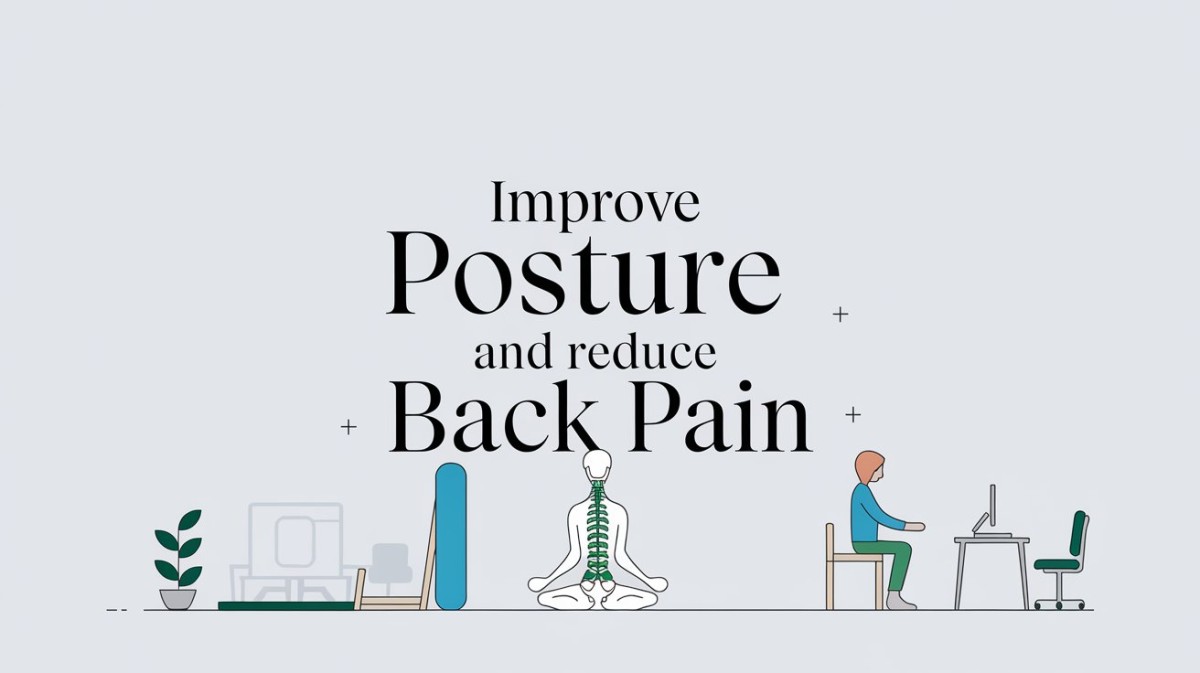Have you ever noticed employees hunching at their workplace or bending over while using their phone? Sitting or standing incorrectly seems like an irrelevance, but it is capable of causing chronic lower back pain, muscle fatigue and might even restrict the capacity of your lungs. If you have been looking for a means of how to fix your posture and do away with back pain, you are not the only one. It is now time to look at how minor deviations from one’s daily practice can yield dramatic enhancements to the general spine health and wellness.
Why Posture Matters
Posture refers to a position one assumes while sitting standing or even walking. Proper posture maintains the natural curvature of your spine, which helps to:
❖ Eliminate back and neck pains since these are a result of muscle and ligament pull.
❖ Correct your posture to promote intended breath intake and food digestion because properly positioned human body organs are efficient.
❖ Increase self esteem and image since a good posture gives the impression of self esteem.
Common Causes of Poor Posture and Back Pain

❖ Sedentary Lifestyle: Prolonged sitting weakens core muscles and tightens hip flexors.
❖ Improper Work Setup: Abnormal desk and chairs lead to slouching.
❖ Tech Neck: Viewing phones or laptops all the time causes stress in the cervical spine.
❖ Weak Core Muscles: Your core muscles help hold up your spine, so if your core is not strong your posture will be bad.
❖ Stress and Fatigue: Muscle tension causes poor posture habits to be developed due to straining of the muscles.
Tips to Improve Posture
1. Practice Mindful Sitting
❖ Ensure your feet firmly touching the ground while your thighs are perpendicular to the shin.
❖ Sit on a chair that keeps your lower back curve in line with the rest of your spine or is supported by the chair back.
❖ Do not sit with legs crossed because it distorts the hips and spine.
You can read more on Muscle Weakness: Understanding Causes, Symptoms, and Treatment.
2. Stand Correctly
❖ Ensure that your weight is spread on your both feet.
❖ Tuck your shoulders in, but do not hunch your shoulders out.
❖ Tighten your abdominal muscles in order to keep your spine straight.
3. Check Your Sleeping Position
❖ Sleep only on your back or side with the pillow positioning that fulfills the cervical spine contour.
❖ The choice of mattress should be medium-firm in order to provide adequate support to the spine.
Read more on Top 5 Mattresses in India for Back Pain.
❖ Try to stay off your stomach as much as possible because it puts pressure on your neck and lower back.
4. Limit Screen Time
❖ Follow the 20-20-20 Rule: Look at a distant object about 20 feet from you every 20 minutes for 20 seconds.
❖ Raise the height of your monitor or phone to come to eye level.
Exercises to Reduce Back Pain and Strengthen Posture
Simple movements such as cycling or swimming can help build up the muscles around the spine aiding in posture and dealing with back ache.
1. Child’s Pose (Yoga Stretch)

❖ Starting squat position knee on the floor sit down with your feet flat on the floor, placing your arms outfront at shoulder height.
❖ Wait for 30 seconds to help stretch your lower back and hips.
2. Cat-Cow Stretch
❖ Begin in the quadruped position – you are on yourached finished] knees and hands.
❖ Swing the lower back between being arched upward towards the ceiling as in the cat position and arched downward towards the floor as in the cow position.
❖ To get some improvement on your spinal flexibility you should perform 10 reps.
3. Plank

❖ Start in a prone position then push on to the toes and fore-arms.
❖ Maintain your posture, and hold such position for at least half a minute.
❖ Responsibility – Core muscles are strengthened and they are fundamental to posture.
4. Wall Angels
❖ Feet shoulder width apart, with the back leaning against the wall and the arms flexed at the elbow.
❖ Swing your arms up and down as if sketching the snow angel in the water.
❖ Reduces tension in the Shoulders and promotes a good posture.
5. Bridges
❖ Position as you follow these instructions: Lie on your back, while flexing your knees and placing your feet flat on the floor.
❖ Raise your buttocks as high as possible and then you lower yourself back down.
❖ Positives its gluteal and lower back muscles.
Ergonomic Adjustments for Everyday Life
1. Set Up an Ergonomic Workspace
❖ Level your chair, so your feet touch the floor.
❖ Position your monitor at eye level so that you don’t have to stretch your neck all the time.
❖ Adjustable others include lumbar support cushion for back support.
2. Wear Supportive Shoes
❖ Any fancy shoes or uncomfortable shoes can change your posture in the wrong way.
❖ People should find shoes with proper arch support for their everyday wear.
3. Use a Standing Desk
❖ Sit for a while and stand for some time in order to avoid putting much pressure to one’s spine.
❖ When you are positioned, keep your knees a little visible and you should be embracing your abdomen.
4. Carry Bags Correctly
❖ Avoid using the one sided bags, and rather use the big ones with two straps that go on the back.
❖ Do not overload your bag; pack only what is necessary to be carried.
Ergonomic Adjustments for Everyday Life
1. Stay Active
❖ Do not sit down for a long time.
❖ Take light stretches or short walks for about one hour as this breaks help to loosen up the muscles.
2. Maintain a Healthy Weight
❖ Obesity can put pressure to the spine and muscles, strains them as well.
❖ Ensure you take foods that are charged with calcium and vitamin D to help built and strengthen your bones.
3. Manage Stress
❖ Take mind off the issues, do things such as meditation or deep breathing.
❖ Sometimes people get back pain due to tension that comes with stress by contraction of muscles.
4. Hydrate Well
❖ The aging and weakening of the tissues that provide support to spinal discs can be checked on by ensuring that one is well-hydrated.
❖ Everyday, people should drink at least 8 glasses of water to maintain good muscle and joint health.
5. Quit Smoking
❖ Smoking constricts the blood vessels of the spine making the discs to degenerate at an early age.
❖ Reducing spinal health and pain: the benefits of never smoking or of quitting.
When to See a Professional
The following tips can go a long way in increasing posture and decreasing incidences of back pains; however, a few may need the help of a doctor. Seek medical attention if:
❖ Back pain persists for more than a few weeks despite home remedies.
❖ The pain is severe and disrupts daily activities.
❖ You experience numbness, tingling, or weakness in your limbs.
❖ There is unexplained weight loss alongside back pain.
Options for Professional Care:
❖ Physical Therapy: A physical therapist can show one the proper exercises to get the weak muscles working properly and correct your posture.
❖ Chiropractic Care: Chiropractors apply spinal adjustments for a purpose of correcting certain alignments.
❖ Posture Trainers: Things like posture corrector or some smart sensors can assist you to look like you have not forgotten what good posture feels like.
❖ Ergonomic Assessments: Some employers arrange ergonomic check-ups for determining the best ergonomics at your working place and avoiding tension.
The Long-Term Benefits of Good Posture
Adjusting your position and dealing with back issues isn’t only about the present situation, but also about the future. By maintaining proper alignment, you can:
❖ Prevent future injuries and chronic pain conditions.
❖ Improve your mobility and quality of life as you age.
❖ Boost your confidence and energy levels, enabling you to be more productive and active.
For such more related content don't forget to check out our blogs on Treatments.
Conclusion
To better posture and decrease back issues and discomfort, you have to work daily, but the outcomes are worthwhile. Work from the bottom up: tilt your chair, stand up, introduce micro-exercises into your schedule, and level up your life. In time, these habits will effect changes in your posture free backache and improve your overall health.
Keep this in mind – each modification that is made now will lead to a painless and healthy tomorrow. Are you prepared to strongly assume some responsibility for spinal health?

